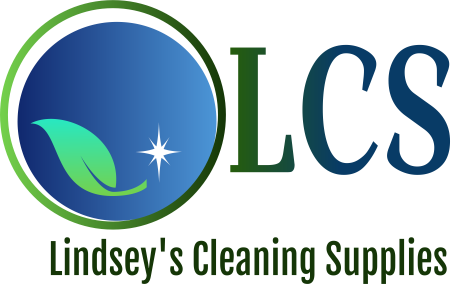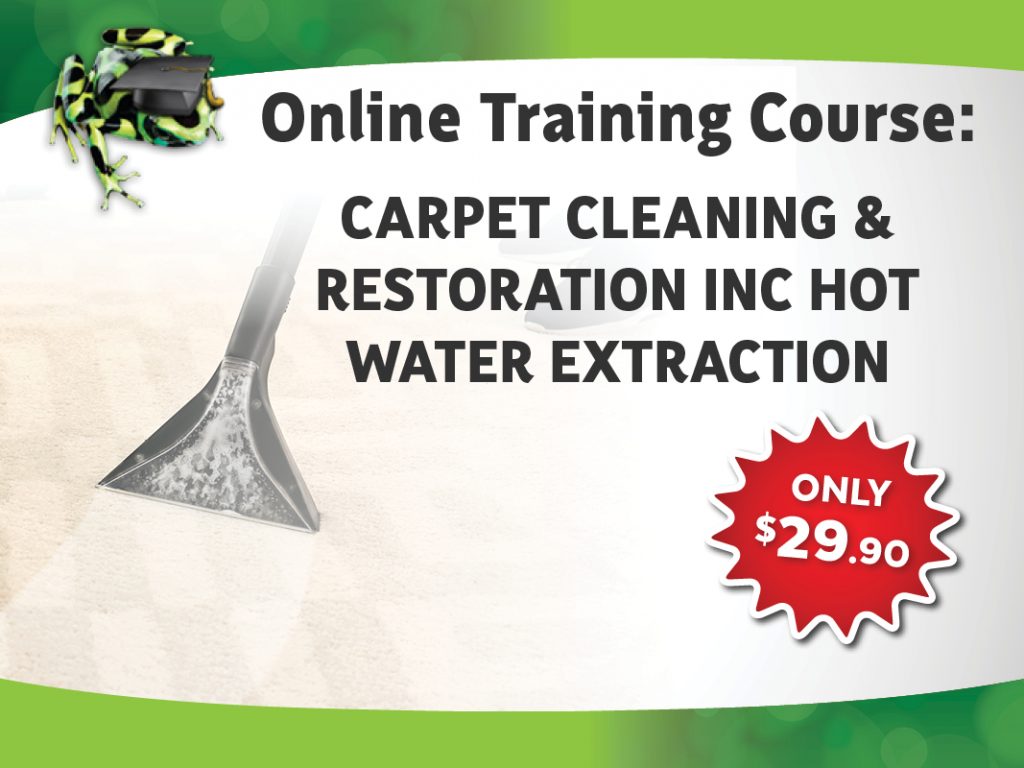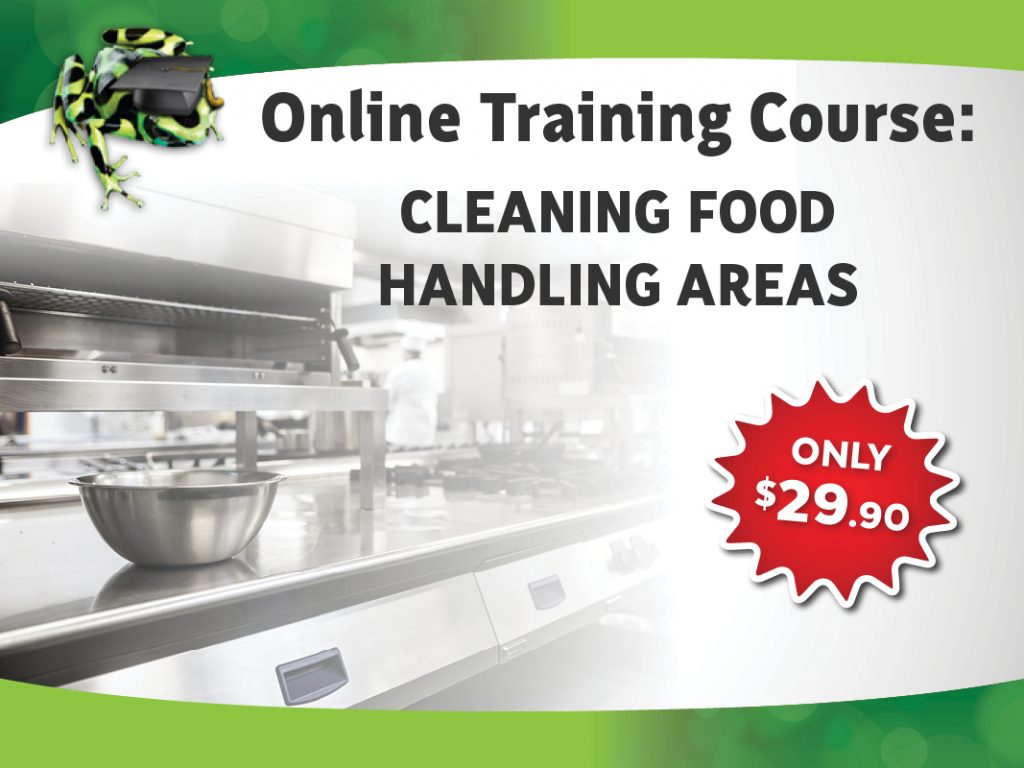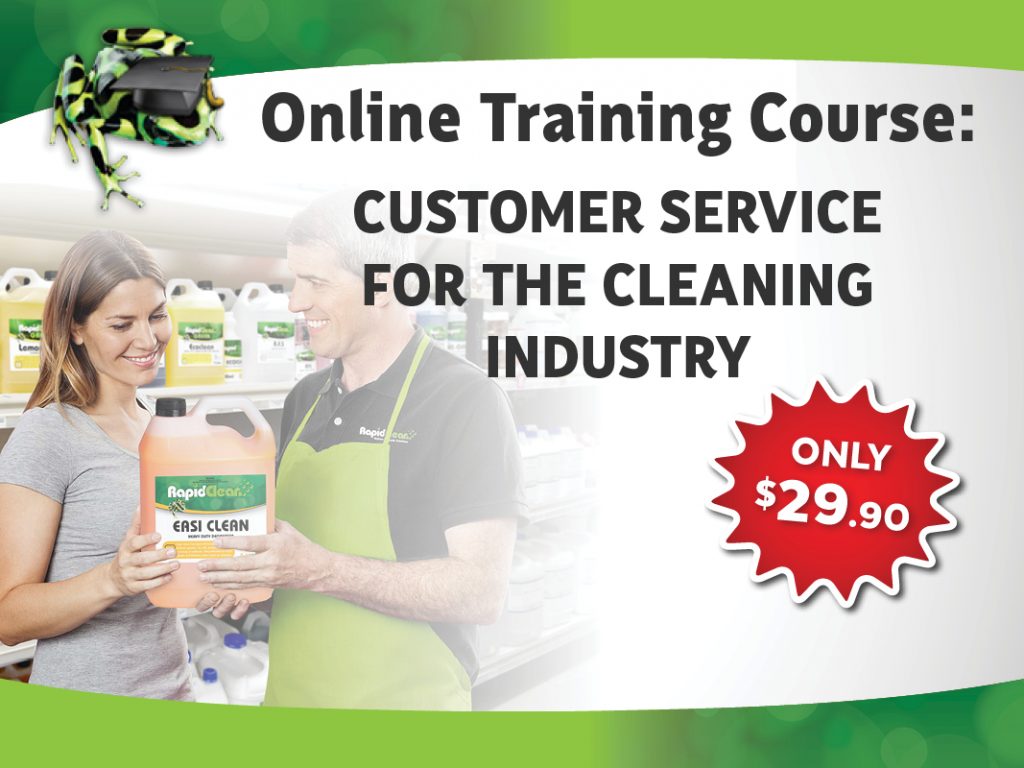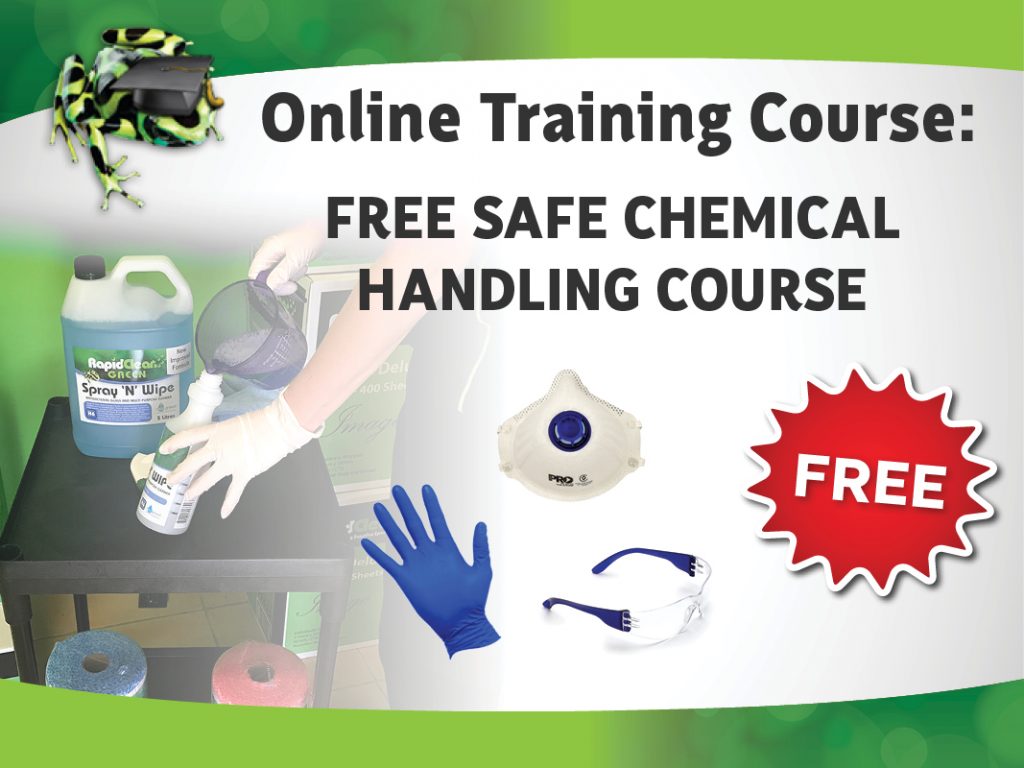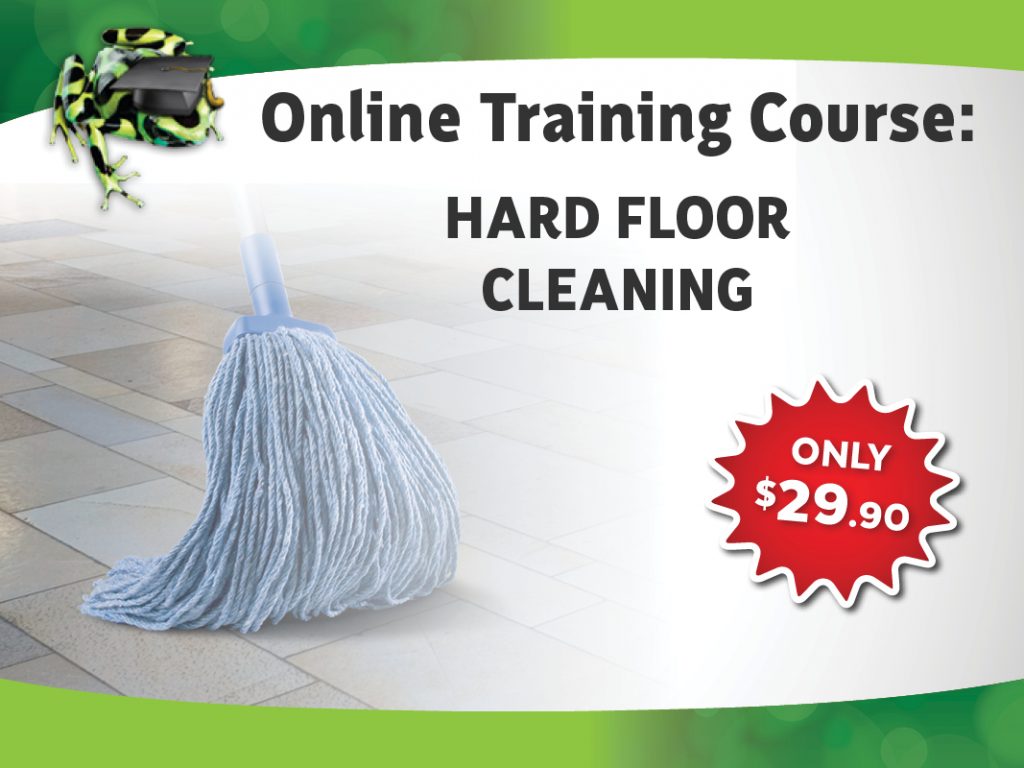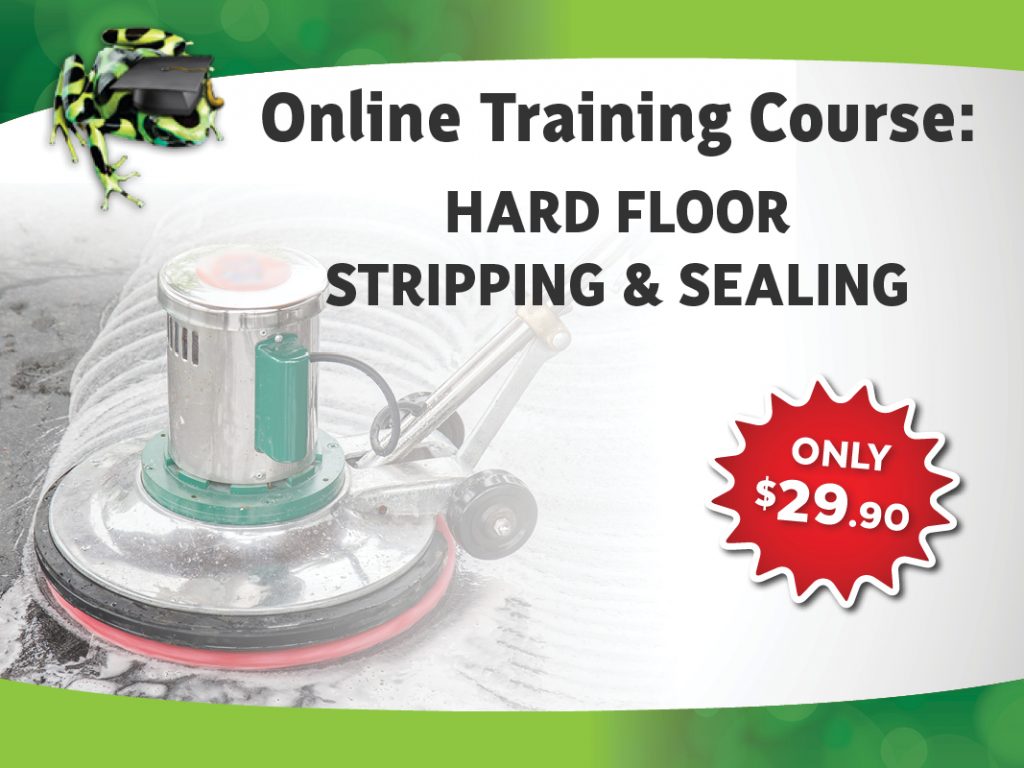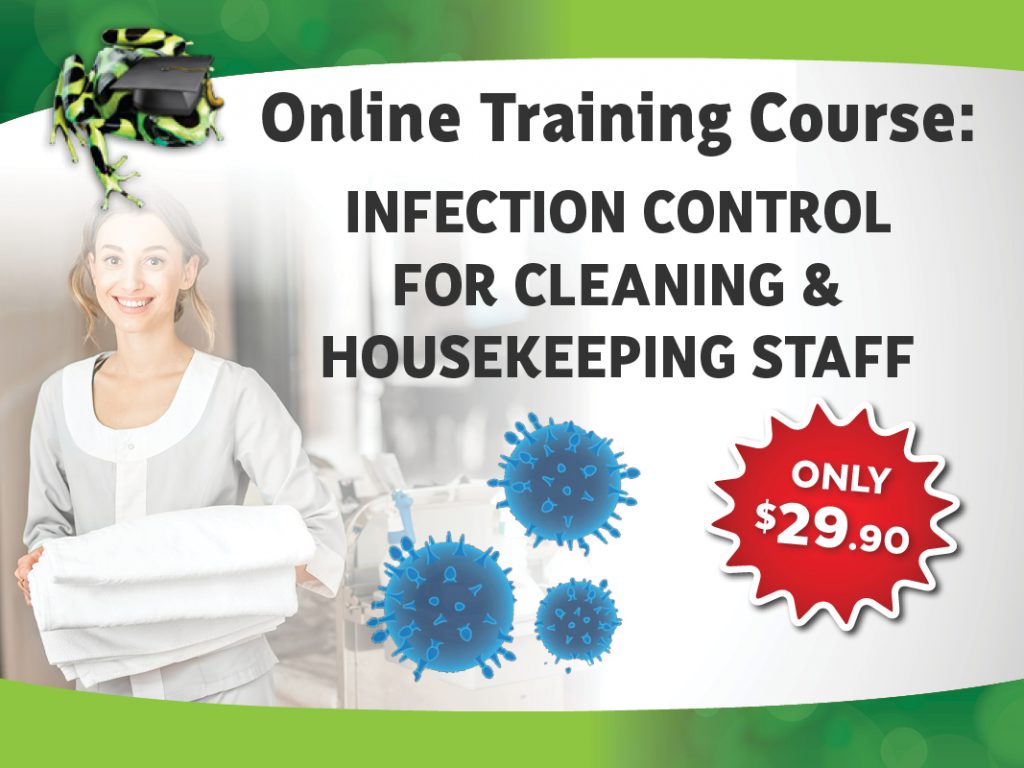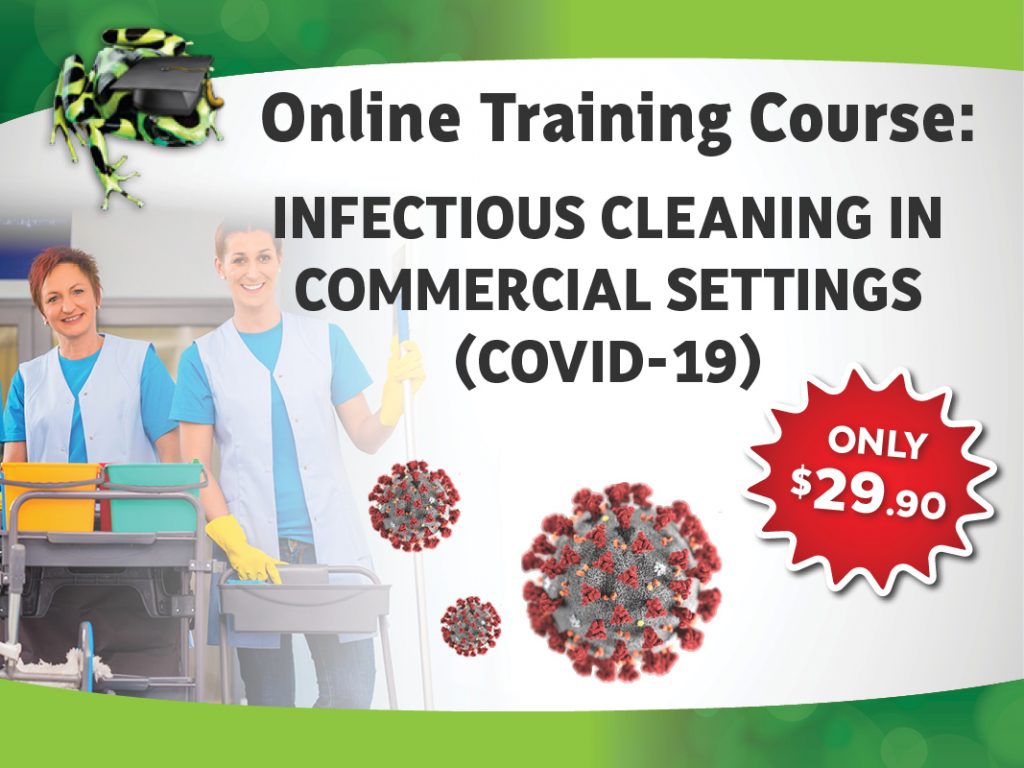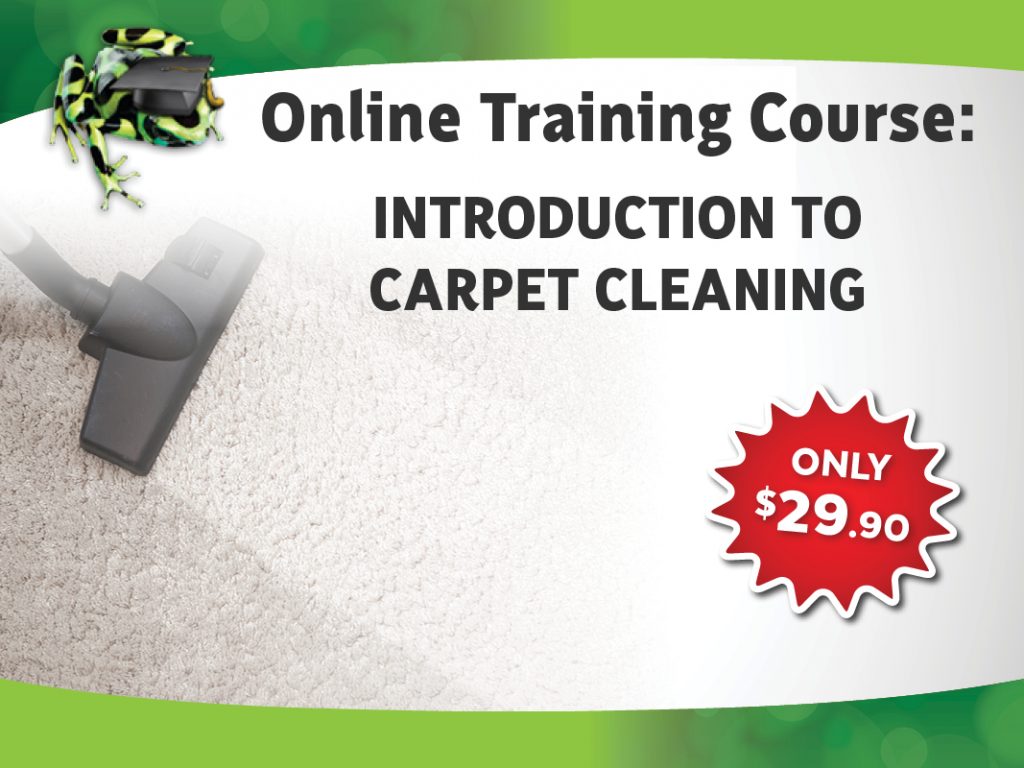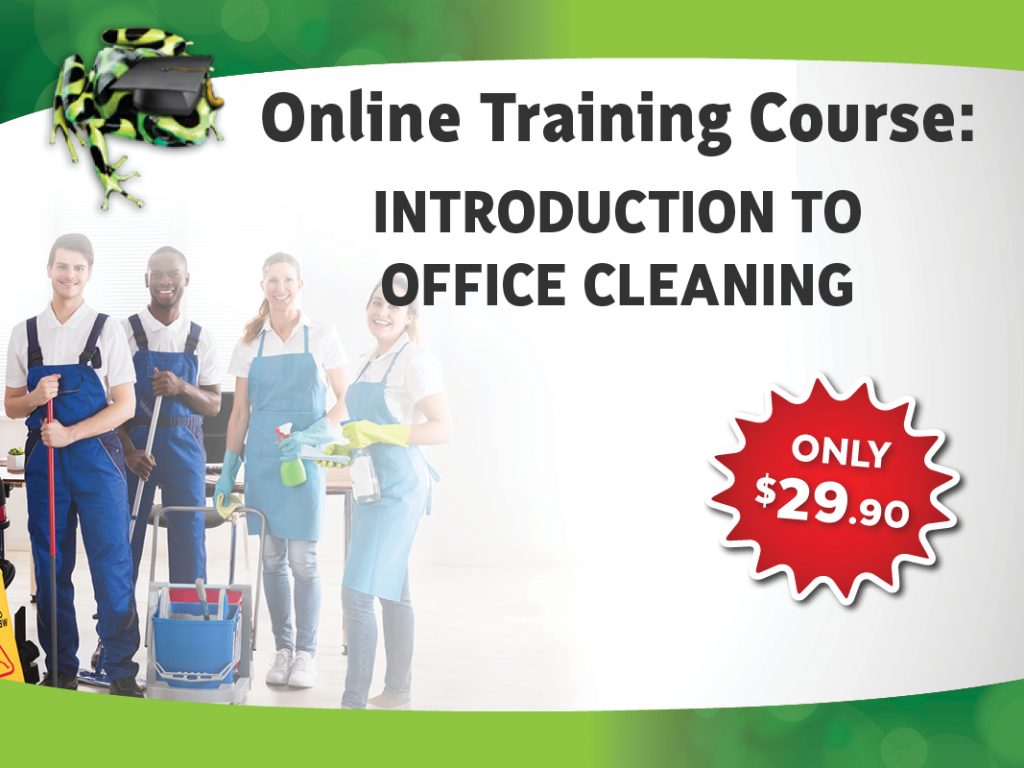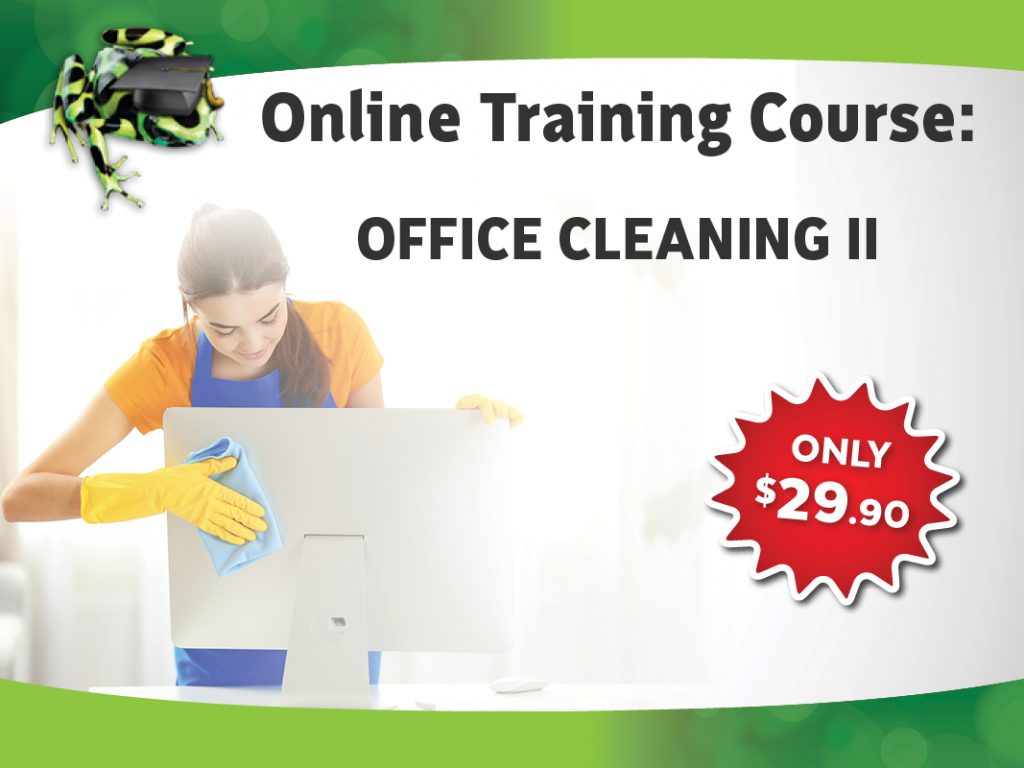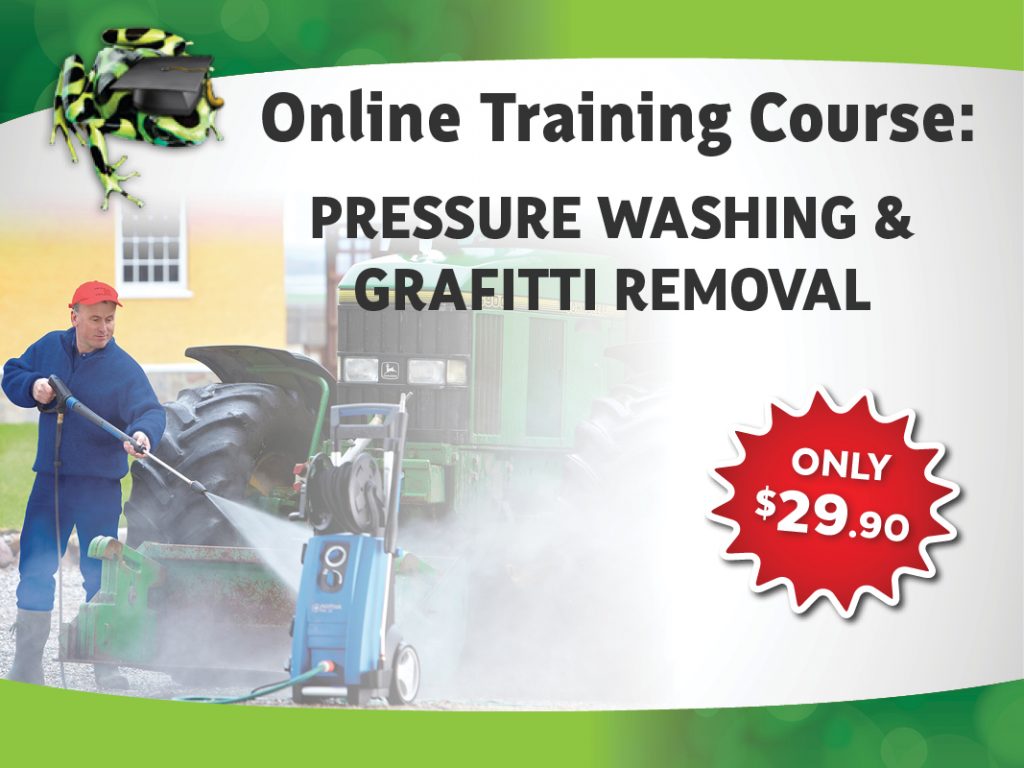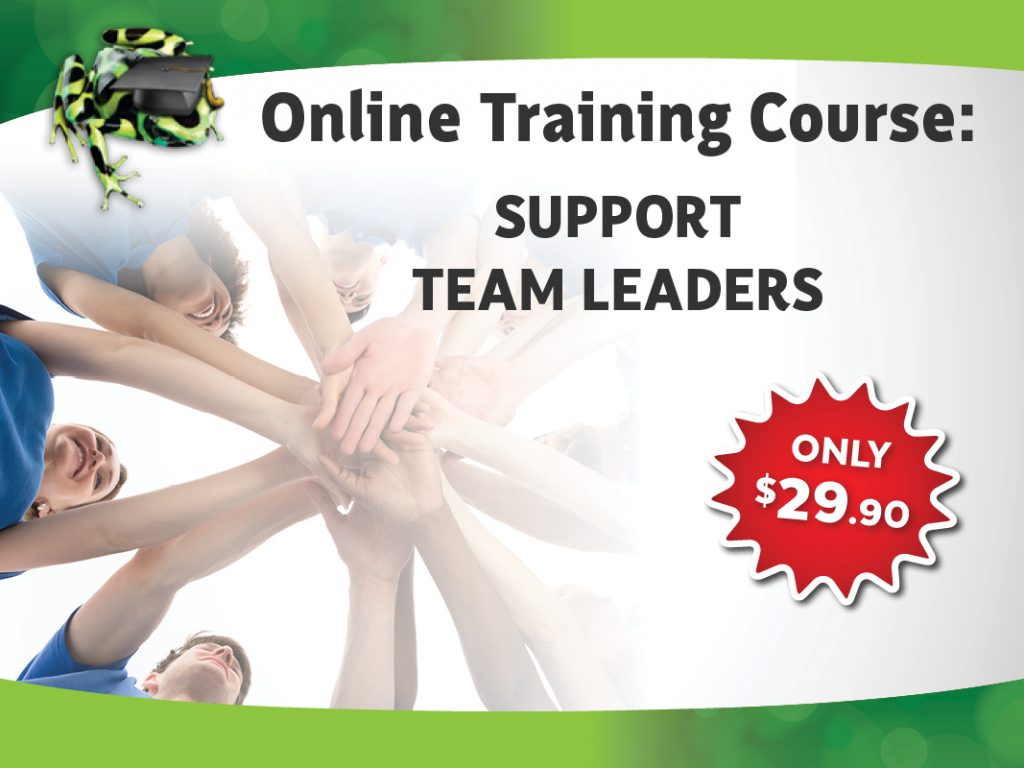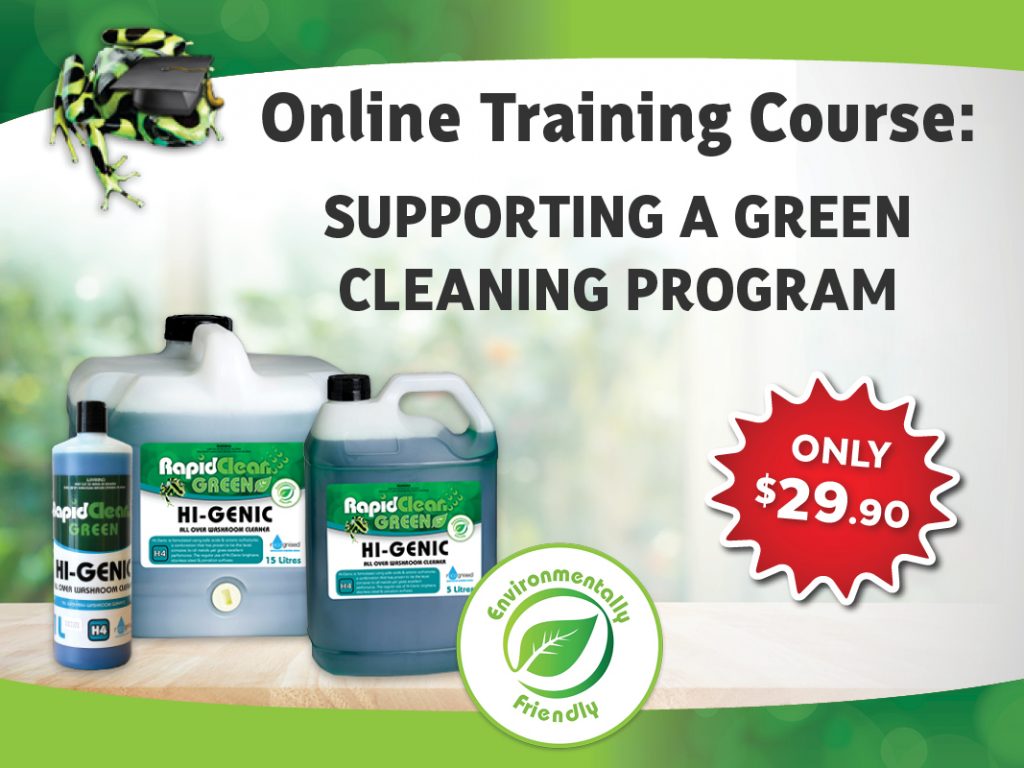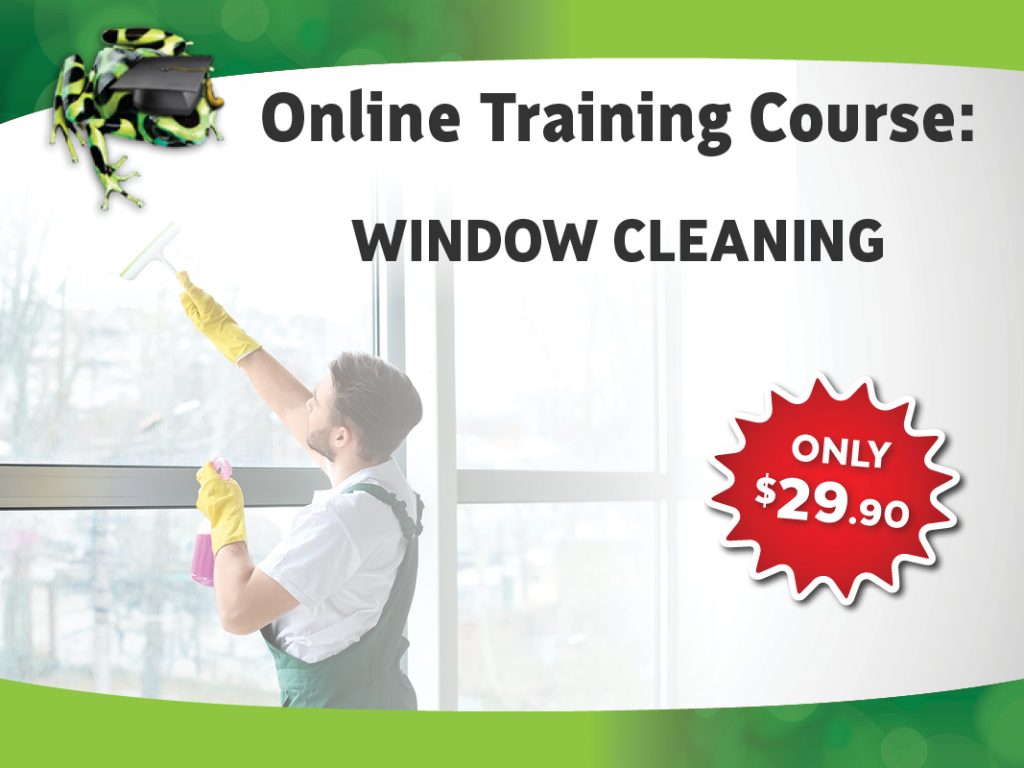This course has been modified from clinical cleaning procedures used in health care facilities. The course includes procedures for cleaning in infectious areas where there is a high risk of environmental surfaces contamination by an infective agent (harmful germs) which could be readily transmitted (spread) from person to person via coughing or sneezing and from contamination of surfaces, an infected carrier (person with illness) has touched, and contaminated with their infectious germs.
Where possible the language throughout this course has been modified to cater for cleaning and environmental services staff, a significant number for whom English is their second language.
This course provides information on cleaning standards that may be required during an outbreak such as the Corona Virus (now called COVID-19). Cleaning and infection control procedures are the responsibility of the individual facility and where applicable their commercial cleaning company.
Throughout this course harmful germs may also be referred to as infections, infectious diseases, micro-organisms and pathogens.
It is extremely important for all facility cleaning enterprises to implement procedures that include laundering and disinfecting of cleaning cloths to minimise the risk of spreading an infection from one room/area to another. This may present a significant challenge to many cleaning operations due to their small size and logistics in laundering and disinfecting their materials after each use. Cleaning enterprises are advised to seek further advice from their chemical suppliers.
We would like to emphasise from the outset the simplest way to minimise spreading infection through cleaning practices will be to:
use disposable cleaning cloths and implement cleaning procedures which start with cleaning low touch surfaces (potentially less contaminated) and finish by cleaning the high touch surfaces (potentially more contaminated). This will be discussed in more detail throughout this course.
This course uses modified cleaning procedures form clinical settings and should not be interpreted as a recommended cleaning standard for any facility or building without seeking further specialist advice. Specialist advice should be sought from persons with expertise in infection control procedures when finalising a clinical cleaning standard for any type of virus outbreak.
This course teaches students the skills and knowledge required to apply clinical cleaning procedures where there is a high risk of transmitting (spreading) an infection.
All procedures must be carried out in accordance with current infection control guidelines, Australian and New Zealand Standards for maintaining infection control and the policies and procedures of the organisation you are working for.
This course covers the importance of complying with an effective cleaning strategy that ensures the safety of the client (or end-user of health-related products/services), maintains personal protection and prevents the transmission (spread) of infections from person to person or from surfaces to persons.
This course covers knowledge content for the following competency unit(s):
HLTINFCOV001 Comply with infection prevention and control policies and procedures
*Completing this non-accredited course can be used to support Recognition of Prior Learning in the listed competency unit(s).
This course includes nine (9) sections:
Section 1 – Role of Cleaning in Controlling Infections
Section 2 – Infection Control and the Environment
Section 3 – Infection Prevention and Control
Section 4 – Chemicals and Equipment
Section 5 – Cleaning Techniques
Section 6 – Cleaning Schedule (Risk Based Approach)
Section 7 – Examples of Cleaning Procedures (Healthcare)
Section 8 – Handle and Dispose of Clinical Waste
Section 9 – Maintain and Store Cleaning Equipment
Disclaimer: This course was produced by Daniels Associates of Australasia and is to be used as resource material ONLY and does not constitute specific advice for cleaning of any facility or building.
Every effort has been made to ensure this course is free from error or omissions. However, you should conduct your own enquiries and seek professional advice before relying on any fact, statement or matter contained in this course.
Daniels Associates of Australasia is not responsible for any injury, loss or damage as a result of material included or omitted from this course.
We believe to the best of our knowledge, information in this course is current at the time of publication (6.March 2020). However, information from various health departments may be subject to significant change based on new understanding of the Corona Virus (COVID-19) and other potentially dangerous pathogens both current and future.
